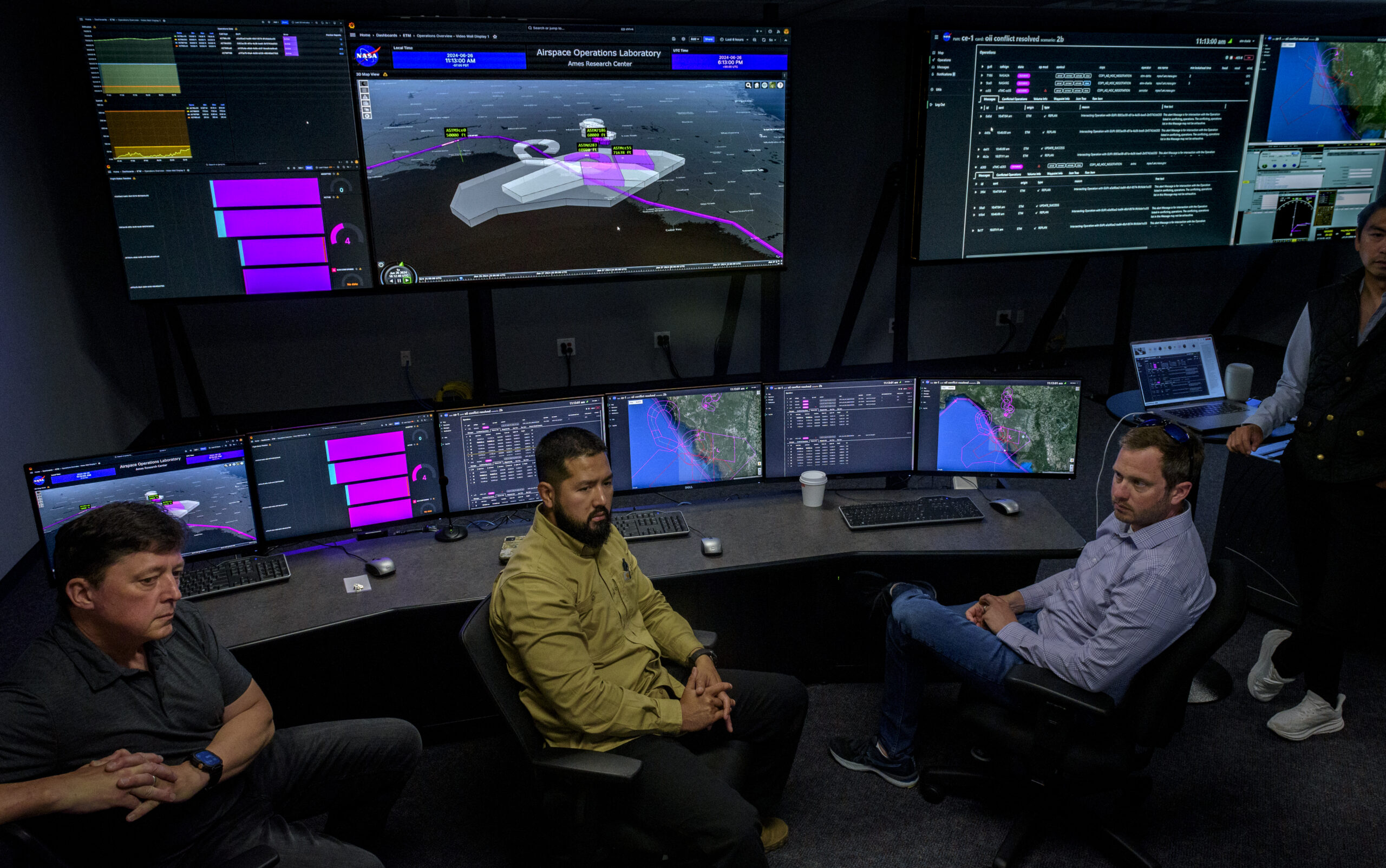NASA and Partners Pave the Way for High-Altitude Air Traffic Management
NASA has recently taken a significant step forward in the realm of air traffic management through a pioneering collaboration with AeroVironment and Aerostar. This initiative introduces a novel air traffic management concept that could revolutionize how aircraft operate at higher altitudes. The ambitious project aims to enhance internet coverage, bolster disaster response efforts, expand the scope of scientific missions, and potentially facilitate the advent of supersonic flight. This innovative concept is referred to as Upper-Class E traffic management, or ETM.
The Challenge of Managing High-Altitude Airspace
Currently, there is no established traffic management system or regulatory framework for aircraft operating at altitudes of 60,000 feet and above. Until now, there hasn’t been a necessity for such a robust system because commercial aircraft have been unable to function effectively at these heights due to engine limitations.
However, with recent advancements in aircraft design, power, and propulsion systems, the landscape is changing. High altitude long endurance vehicles, including balloons, airships, and solar-powered aircraft, are now capable of soaring miles above us. These vehicles can serve as radio relays for disaster response, collect atmospheric data, and perform a variety of other functions.
Before these aircraft can become a regular feature of our skies, operators need to develop a system to manage their operations. This system must not overburden existing air traffic infrastructure and personnel, which are already operating at capacity.
The Vision for High-Altitude Operations
Kenneth Freeman, a subproject manager at NASA’s Ames Research Center in California’s Silicon Valley, explained the vision for this initiative: “We are working to safely expand high-altitude missions far beyond what is currently possible. With routine, remotely piloted high-altitude operations, we have the opportunity to improve our understanding of the planet through more detailed tracking of climate change, provide internet coverage in underserved areas, advance supersonic flight research, and more.”
At present, high-altitude traffic management is conducted manually on a case-by-case basis. Operators must communicate with air traffic control to secure access to a segment of the Class E airspace. During these operations, no other aircraft are permitted to enter the high-altitude airspace. According to NASA researchers, this approach is unsustainable given the increasing demand for high-altitude missions.
Introducing the ETM Traffic Management System
To tackle this challenge, NASA and its partners have developed the ETM traffic management system. This innovative system enables aircraft to autonomously share their locations and flight plans, ensuring that they remain safely separated from one another.
In a recent simulation conducted at the Airspace Operations Laboratory at Ames, data from multiple air vehicles was displayed across numerous traffic control monitors and shared with partner computers offsite. This data included information about aircraft location, health status, flight plans, and more. Researchers closely observed the interactions between a slow fixed-wing vehicle from AeroVironment and a high-altitude balloon from Aerostar, both of which were operating at stratospheric heights. Each aircraft was connected to the ETM traffic management system, and they shared their locations and flight plans with surrounding aircraft.
This digital information sharing allowed high-altitude vehicle operators from Aerostar and AeroVironment to coordinate and avoid conflicts with each other in the same simulated airspace, without the need to seek approval from air traffic control. As a result, aircraft operators were able to achieve their objectives, such as wireless communication relay, more efficiently.
A Groundbreaking Simulation
The recent simulation marked the first time a traffic management system successfully managed a diverse set of high-altitude aircraft operations within the same simulated airspace. Moving forward, NASA researchers will collaborate with partners to further validate this system through a series of real flight tests involving high-altitude aircraft in shared airspace.
The Upper-Class E traffic management concept was developed in collaboration with the Federal Aviation Administration and high-altitude platform industry partners. This effort is part of NASA’s National Airspace System Exploratory Concepts and Technologies subproject, which is led out of Ames.
Good to Know: The Broader Implications of ETM
This breakthrough in air traffic management has the potential to transform several industries and applications. For instance, providing internet coverage to remote and underserved areas could bridge the digital divide and bring about significant socio-economic benefits. Enhanced disaster response capabilities could save lives and reduce the impact of natural disasters. Moreover, the ability to conduct more detailed climate tracking could lead to better climate models and inform global policy decisions.
The development of ETM also aligns with the broader trend of integrating autonomy into air traffic management. As more autonomous and remotely piloted aircraft take to the skies, the need for sophisticated systems that can safely manage airspace usage will only grow. This project is an early but crucial step in establishing the necessary infrastructure to support this emerging sector.
Looking Ahead
NASA’s partnership with AeroVironment and Aerostar represents a significant advancement in the realm of high-altitude air traffic management. By developing a system that allows for autonomous coordination and deconfliction of air vehicles, NASA is paving the way for a new era of high-altitude operations. As this technology continues to evolve, it promises to unlock new possibilities in internet connectivity, disaster response, scientific exploration, and beyond.
For more information and updates on this groundbreaking project, you can visit NASA’s official website here.
For more Information, Refer to this article.


































